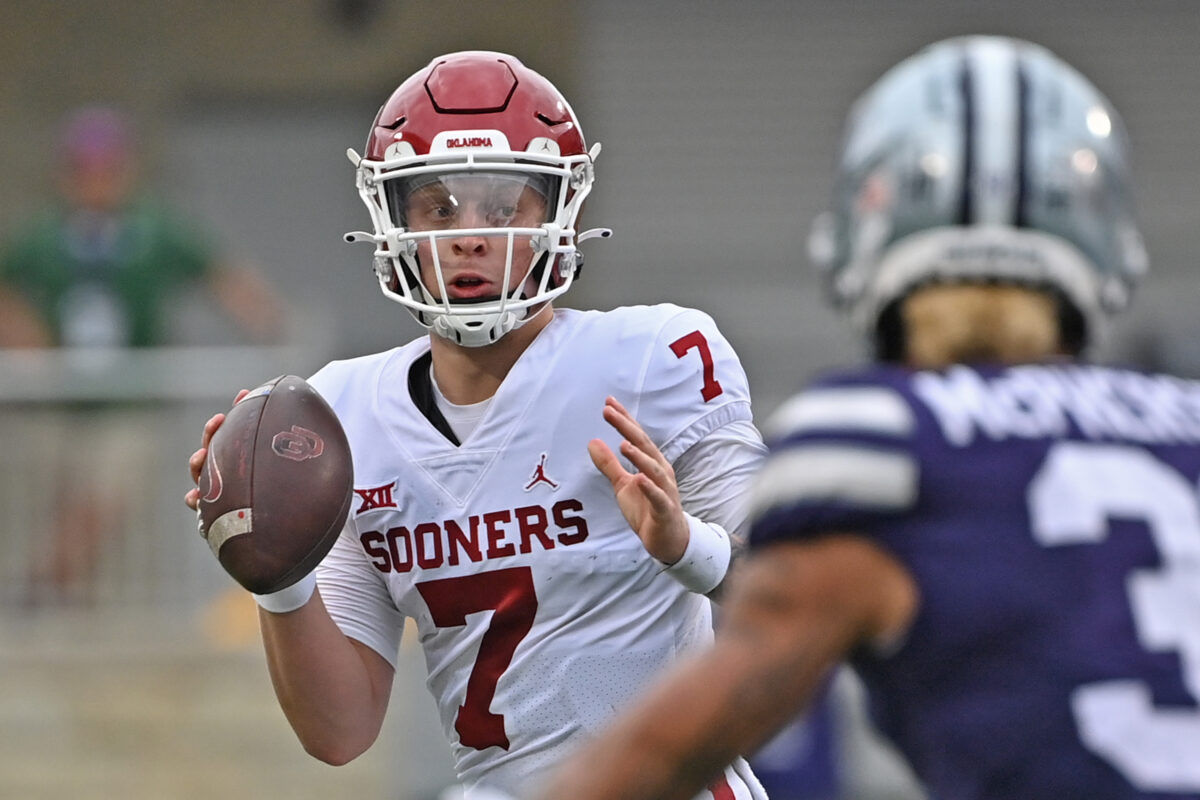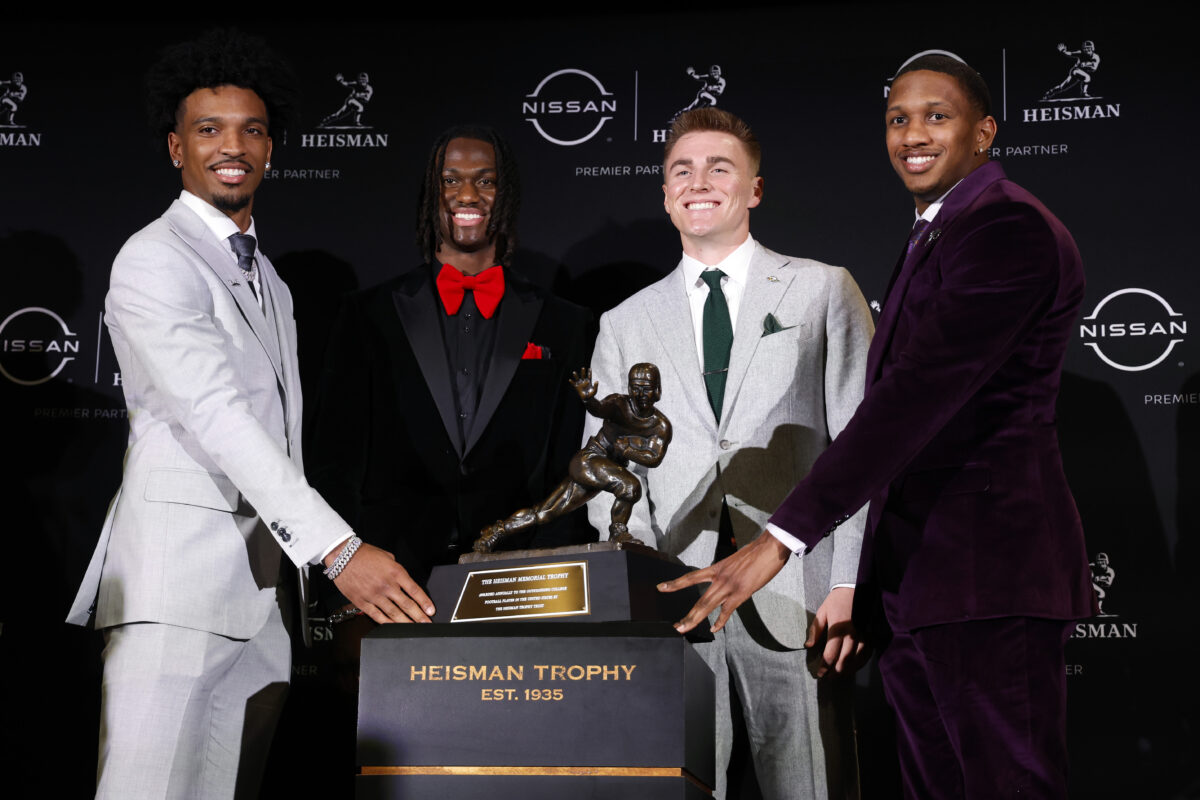Before the Super Bowl against the Philadelphia Eagles on Sunday, Kansas City Chiefs players were made available for interviews during Super Bowl Media Week in New Orleans leading up to the Big Game.
Zac Stevens of DNVR Broncos caught up with several Chiefs players last week and asked them to choose between two quarterbacks based on blind stats. The first quarterback threw 26 touchdowns with 11 interceptions. The second quarterback threw 29 touchdowns against 12 interceptions.
Six of the eight players chose the second QB (29 TDs). The seventh “barely” picked the first QB and another player simply asked, “Which one was Patrick Mahomes?”
Stevens then revealed to the players that the first QB with 29 touchdowns was Bo Nix, while the QB with 26 was Mahomes. Check out the video:
Kansas City Chiefs players would take Bo Nix OVER Pat Mahomes
Presented By: @bet365_us pic.twitter.com/YDO1Xdn10Y
— DNVR Broncos (@DNVR_Broncos) February 5, 2025
Nix went 22-of-30 for 215 yards with two touchdowns against the Chiefs in Week 10 while Mahomes went 28-of-42 for 266 yards with one score in that contest. They’re set to face off again (twice) in 2025.
[vertical-gallery id=620142]












